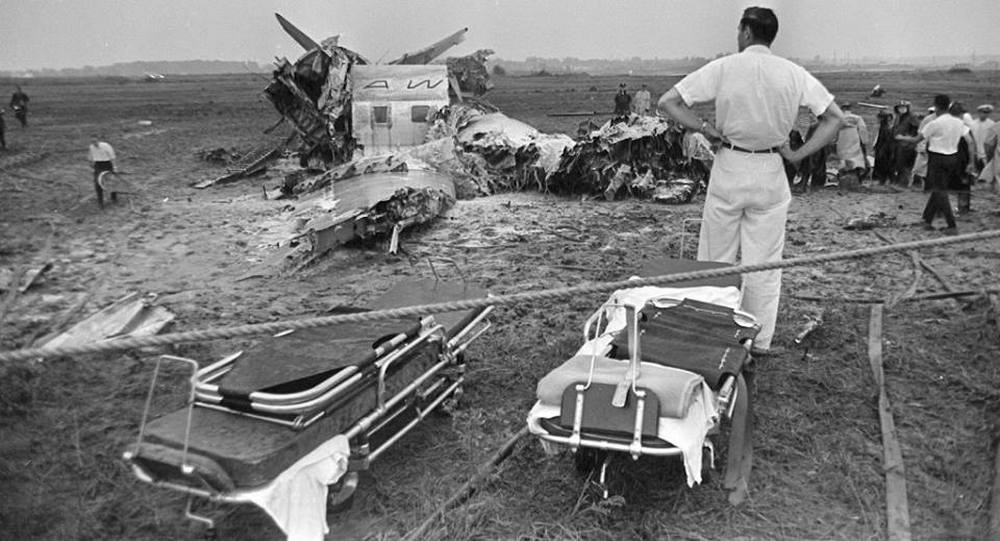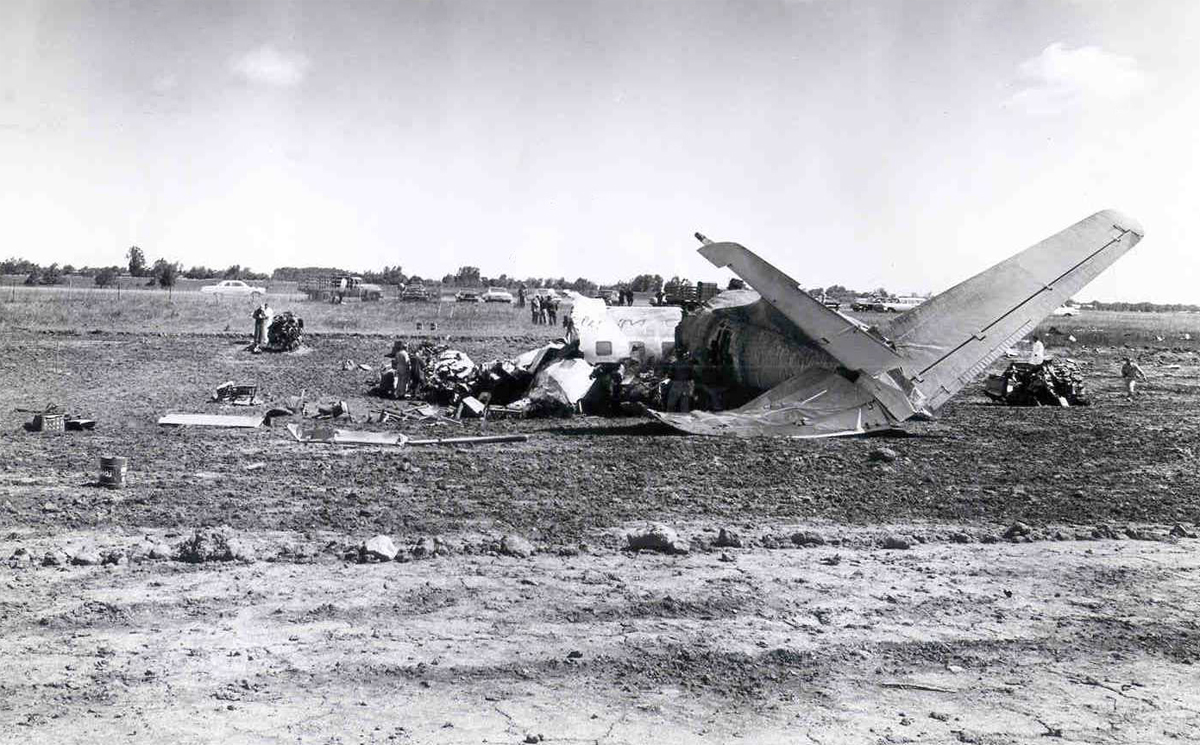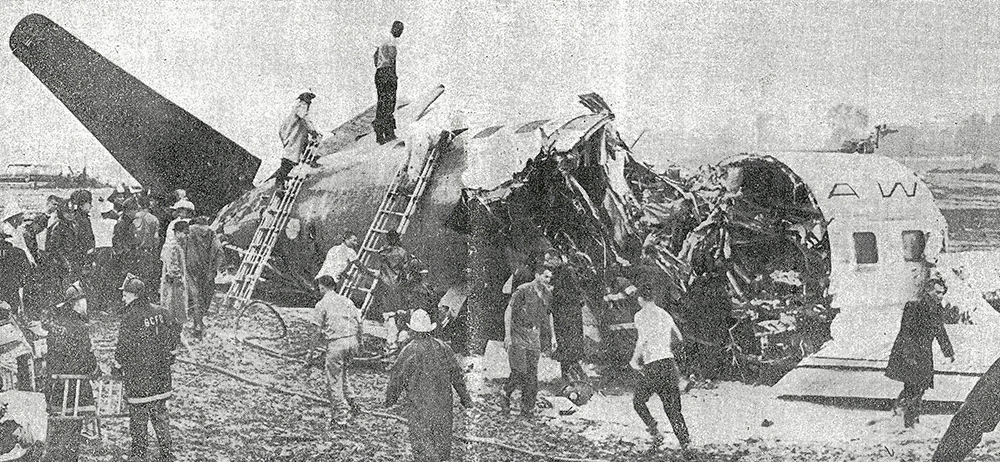Crash of a Curtiss C-46A-20-CU Commando near Nederland: 3 killed
Date & Time:
Dec 7, 1963 at 1919 LT
Registration:
N609Z
Survivors:
No
Schedule:
Lowry - Ogden
MSN:
26571
YOM:
1943
Crew on board:
2
Crew fatalities:
Pax on board:
1
Pax fatalities:
Other fatalities:
Total fatalities:
3
Captain / Total hours on type:
10128.00
Aircraft flight hours:
11694
Circumstances:
The crew was conducting a cargo flight from Lowry AFB to Ogden-Hill AFB on behalf of the US Air Force. While cruising over the Rockies at an altitude of 12,500 feet, the crew encountered poor weather conditions when the airplane struck the slope of mountain and crashed in flames. SAR operations were initiated but eventually suspended few days later as no trace of the airplane nor the three occupants was found. The wreckage was located on 8 July 1964. All three occupants were killed and the aircraft was destroyed by fire.
Probable cause:
It was determined that the probable cause of the accident was an improper in-flight decision or planning on part of the flying crew who exercised poor judgment. The weather briefing provided to the crew by the military personnel prior to takeoff at Lowry AFB was inadequate, which was considered as a contributing factor.
Final Report:













